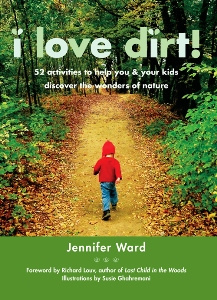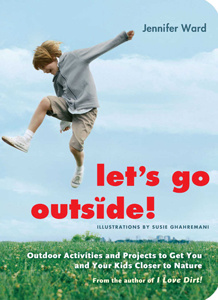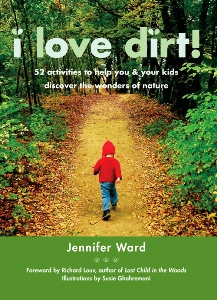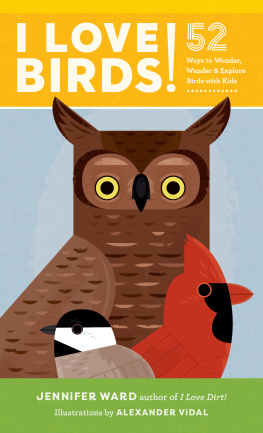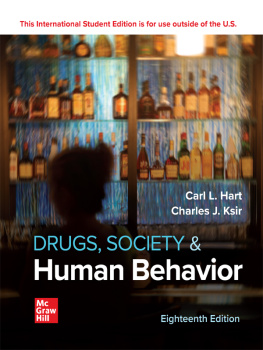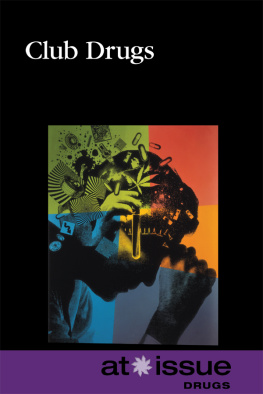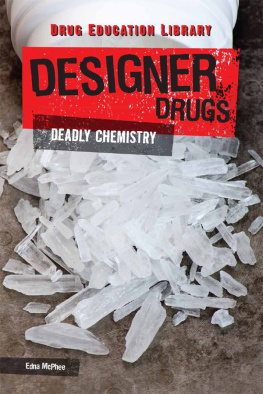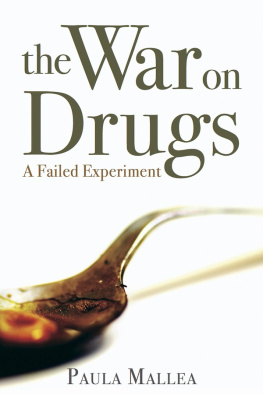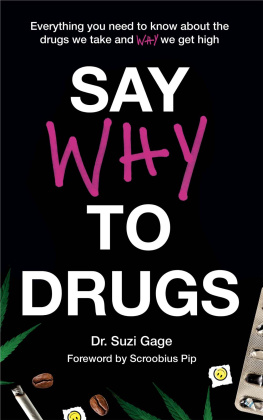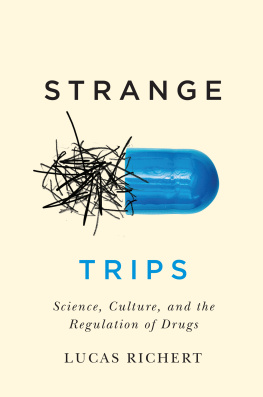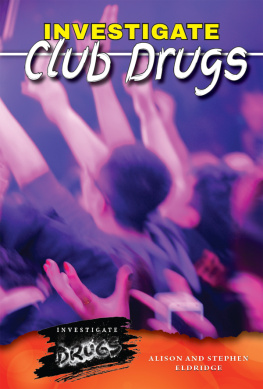For British youth ecstasy has become a milestone on the road to adulthood like cutting your teeth, riding a bike and losing your virginity. (Wright 1998: 231)
An exaggeration? Maybe, but it was without doubt that the emergence of the rave club culture in the UK in the late 1980s, and its ongoing transformations throughout the 1990s had a major impact on the drug taking behaviour of British youth (Gilman 1991, 1994; Newcombe 1991; McDermott 1993; Collin 1997). Going out clubbing and taking drugs became a regular feature of many young peoples lives. It could safely be stated that by the mid 1990s drug use in the UK was widespread (Collin 1997). An array of drugs made up peoples drug using repertoires, though ecstasy and later cocaine were by far the most popular (Riley and Hayward 2004). A knock-on effect of this widespread drugs consumption was the large numbers of people who became involved in selling them. Whether they perceived themselves to be drug dealing or not, many peoples selling activities were at a frequency and level which constituted dealing.
This book is informed by an ethnographic study of drugs use and drugs dealing as it occurred within different leisure venues and among different friendship networks participating in the London rave club culture. The research was carried out over a five-year period from the mid to late 1990s (19931998). Participant observation techniques were employed to conduct the study; a style that took the author out socialising in numerous London nightclubs, dance parties, house parties, chill-out sessions, after-club parties, bars and pubs, peoples houses, and among interconnected friendship networks where drugs were being bought and sold, consumed and discussed. From this lengthy and detailed investigation, unique insights were gained into drug selling in Londons clubland and the careful organisation and interactions that surrounded the supply and trade in ecstasy and other dance drugs.
Various studies have examined aspects of this leisure culture, such as the significance and meaning it played in the lives of those involved, yet little work has paid attention to the income generation and economic activity connected to it. This book fills this gap. It focuses on the organisational features of drug selling and purchasing in different settings and social arenas and emphasises the enterprise and entrepreneurship that underpinned this activity. Rave club participants are illustrated as capitalising on the money-making opportunities generated through the widespread demand for drugs from within this leisure culture.
Drug selling is differentiated by trade in the more risky public domain such as in nightclubs and dance parties, and in the safer confines of the private domain, among extended networks of social and friendship group contacts. Different people are focused upon to highlight the various positions and roles they occupied in the drug selling and distribution process.
The camaraderie that supported rave club participation greatly assisted drug selling activities to expand; sometimes into thriving commercial operations. Friends put friends in touch with people they knew who were dealers, and people nurtured useful social contacts that aligned them to a drug supply. This was added to by the busy nature of the London urban setting which provided multiple contacts and assisted drugs trading activity to be disguised within its general lively milieu and vibrant form.
The book concludes with the argument that the construct of friends was a useful one to adopt, in that it neutralised drug selling operations so they could be conceived of instead as set-ups that provided for friends drugs needs. When scrutinised more closely, friends were often great in number and were sometimes people met in a club the night before, and whom the seller barely knew.
This ethnographic study makes an important contribution to the existing body of information on drugs market organisation, and makes a significant addition to the so far limited evidence base of recreational drugs markets.
The term ethnography is assigned to many types of qualitative research, and ethnographic studies exist in numerous forms (Pearson 1992; Armstrong 1993; Hobbs 2001). My style follows in the tradition of ethnographies emanating from the Chicago School of the 1930s and 1940s. This approach has its roots in anthropology and applies the technique of participant observation to better understand the social and cultural milieu that peoples lives are lived out within. The method elicits detailed information by being immersed in a social setting for an extended time period, locating oneself as close to the activity as possible in order to develop a deep understanding of the culture, the group, or the community under study (Hobbs and May 1993; Hammersley and Atkinson 1995; Bryman 2001).


